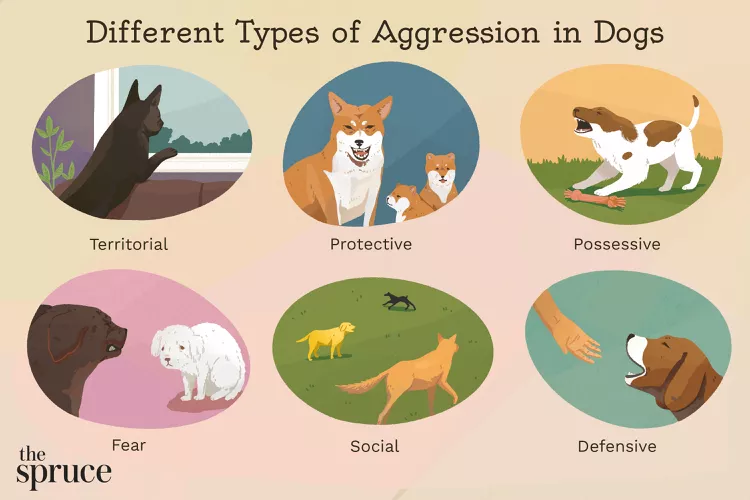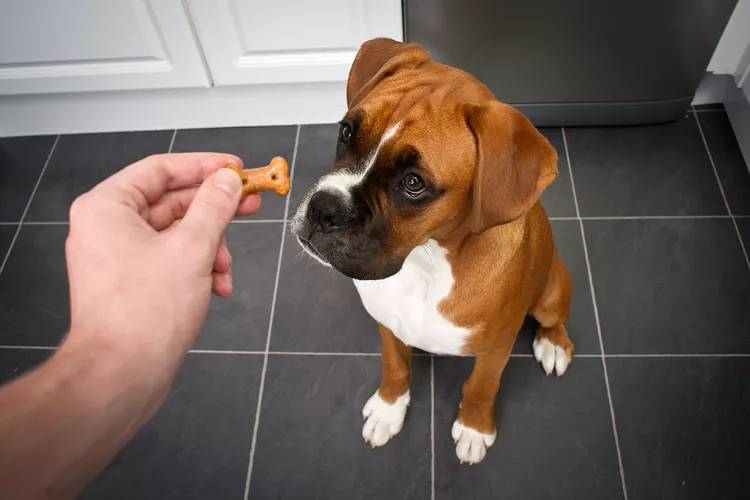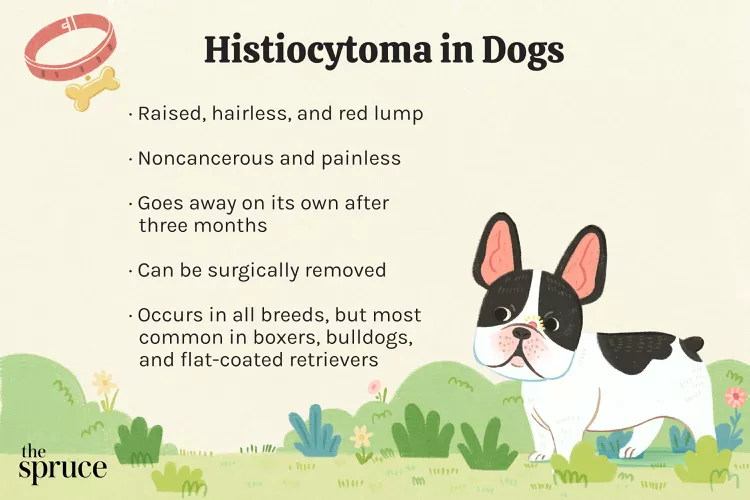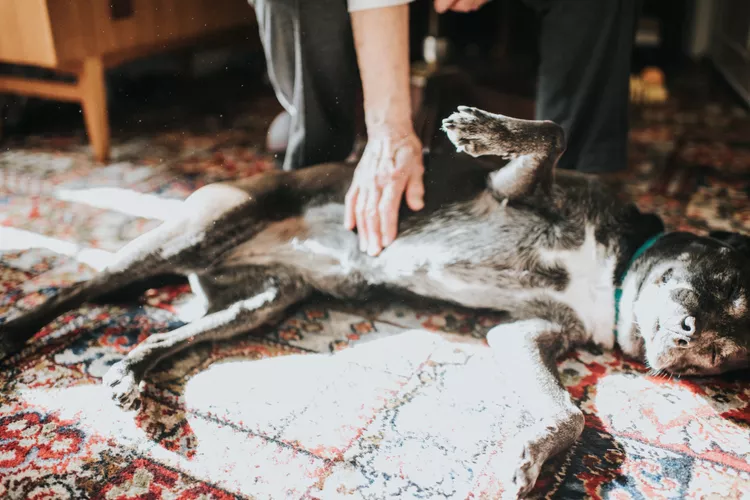
Losing your dog can be a terrifying experience. It’s even scarier to realize that your dog ran away on purpose. If your dog runs away repeatedly, it’s important to understand why and figure out how to stop it.
As with any behavior problem, our main goal is to figure out WTF: What’s The Function of this behavior? Why do dogs run away? If we can answer this question, we can figure out how to meet your dog’s needs without letting him fly the coop! Of course, we can’t quite ask your dog why he’s running away, but we can make some educated guesses based on his behavior and the behavioral patterns of his species.
This is the number one reason that most dogs escape. They’re left alone in the yard with nothing better to do, and it’s not that hard to get out. So they take themselves out on a little walk around the neighborhood.
If you’re not providing your dog with something to do, there’s a good chance he’ll come up with his own ideas. In many cases, this means he’ll take himself on an adventure!
Solve this by supervising your dog, giving him proper exercise, and mental enrichment to keep him busy.
Unaltered or intact males are particularly guilty of wandering the neighborhood looking for love. That said, neutering your dog or getting a female won’t necessarily prevent your dog from ever deciding to wander.
If your boy dog can smell a female nearby, especially if she’s in heat, he will put in a lot of effort to jump the fence and go meet her. Females, especially females in heat, may also escape to find a suitor. Neutering your male dog and spaying your female dog can help reduce this problem.
Many dogs readily jump fences or escape the yard to chase down a bunny, squirrel, or another potential prey item. While this is a bit more common in prey-driven breeds like Huskies, almost all dogs naturally enjoy chasing small fluffy animals.
Leaving your dog unattended to chase squirrels or bunnies will almost always result in a dog who enjoys this hobby more and more. Even if your dog doesn’t usually hop the fence to chase down a squirrel, sometimes the chase is just too fun to stop.
Supervising your dog, giving him something better to do, and improving your fencing can all help prevent your dog from escaping to chase other animals.
Even the most well-behaved dogs may try to escape if they’re scared enough. This problem is especially common during summer thunderstorms or fireworks. These loud booms can send even mild-mannered dogs into a panicked frenzy. In a desperate attempt to escape the terrifying sounds, dogs may leap through windows, bust through screen doors, or even scale high fences.
Securing your dog during thunderstorms and fireworks will help keep your pup safe. Keep your dog inside and do your best to soothe her fears about loud noises with calming treats, white noise, and ThunderShirts.
The main strategy for keeping your dog from running away is relatively straightforward: make it harder to escape. Don’t leave your dog outdoors unattended. If you don’t have a fence, build one. If you do have a fence, make it higher or add coyote rollers. These slippery rollers help keep your dog from hopping your fence and are very useful!
Avoid using underground or invisible fences, as these still leave your dog vulnerable to dog-nappers and don’t stop motivated dogs from escaping. Both underground fences and electronic collars have the potential to burn your dog and are even linked with increased aggression around property lines.
However, it’s also important to treat the underlying issue. Sure, a secure fence and supervision will help. But if your dog is truly bored, scared, or motivated to escape, he might still find a way out. Even if you can prevent your dog from escaping with good fencing, your dog might still be bored or scared!
Once the fence is secure and you have an idea of why your dog is trying to run away, it’s important to treat the root of the problem:
If your dog is continuing to roam, it might be time to get help from a trainer. A trainer will help you come up with a training plan that keeps your dog safe and avoids another visit to the pound to pick up your escapee! Trainers are especially helpful if your dog’s escape is motivated by prey drive or fear.

Cute Pictures & Facts About Calico Cats & Kittens
Learn fascinating facts about calico cats, including photos, the genetics behind this color combination, and common folklore and traditions.
How to Prevent Cat Separation Anxiety During Vacations
Discover why cats develop litter box problems and cat behavior problems when you go on vacation and what you can do about it to help them.
Cat Behavior Changes That Might Mean Something's Wrong
Cats' behavioral changes may indicate problems—or they may mean nothing at all. Explore causes of odd behavior and what to do about them.
Lhasa Apso: Dog Breed Characteristics & Care
The Lhasa apso is an ancient breed from Tibet that was bred to be a watchdog. Learn about its history, health, exercise needs, and more.
Reasons Why Dogs Run Away and How to Stop It
Dogs can escape, especially if they’re bored and not properly contained. Here are some techniques for stopping your dog from running away.
Can Dogs Get Depression? How to Help Your Sad Dog
Can dogs get depression? Learn about the signs of depression in dogs and find out how to help your sad dog.
How to Stop Aggression in Dogs
Dog aggression can be a serious behavior issue for pet owners. Learn how to stop aggression in dogs before someone gets hurt.
How to Stop Your Dog From Growling
A growling dog can soon become even more aggressive. Reduce the noise and potential for a dangerous situation with some of these techniques.
Why Do Dogs Dig Holes? How to Stop Your Dog from Relandscaping Your Yard
Dogs have been digging holes for centuries and for many reasons. Whether they’re bored or want to cool off in the dirt, here are the top reasons why dogs dig holes.
Dog Treat Varieties
Learn about the different types of dog treats on the market and decide which are best for your dog.
Can Dogs Eat Asparagus?
Dogs can eat asparagus, provided the vegetable is cooked plain and cut up for them. Seasonings, salt, and butter make it unhealthy for dogs.
Histiocytomas in Dogs
A histiocytoma is a type of benign (non-cancerous) skin lump that usually affects young dogs. Learn the causes, treatment, and prevention.
Why Is My Dog’s Eye Swollen?
If your dog's eye is swollen, she may need veterinary attention. The inflammation could be caused by allergies, an injury, or even a tumor.
Common Bugs and Parasites Found on and Inside Dogs
Learn about common types of parasites in dogs. Find out how to treat and prevent parasites to keep your dog, your family, and yourself safe.
Exploring the Different Types of Pet-Friendly Beaches
Are you looking for pet-friendly beaches? Learn about the different types of pet-friendly beaches, their locations, and tips for visiting them with your pet.
10 Obscure, Little-known Canine Facts in Honor of National Dog Day
With National Dog Day upon us, it's time to celebrate everything about our favorite pets—even the weirder stuff. Here are 10 obscure facts about dogs you probably didn't know.
Kitten Development From 3 to 6 Months Old
Kittens grow and change a lot during their first year. Find out what happens between the ages of three months and six months old.
95 Siamese Cat Names
Our list of Siamese cat names has diverse and fun options to help you choose the ideal moniker for your elegant and lovable feline companion.
What to Buy for Your New Cat: A List of Essentials
Before you bring your new cat or kitten home, there are a number of things to collect or buy so your cat will feel welcomed like a family member.
The 6 Best Cat Nail Clippers of 2024 for a Safe Trim
Clipping your cat's nails can save your furniture and keep your kitty comfortable. We asked veterinarians for their cat nail clipper recommendations.